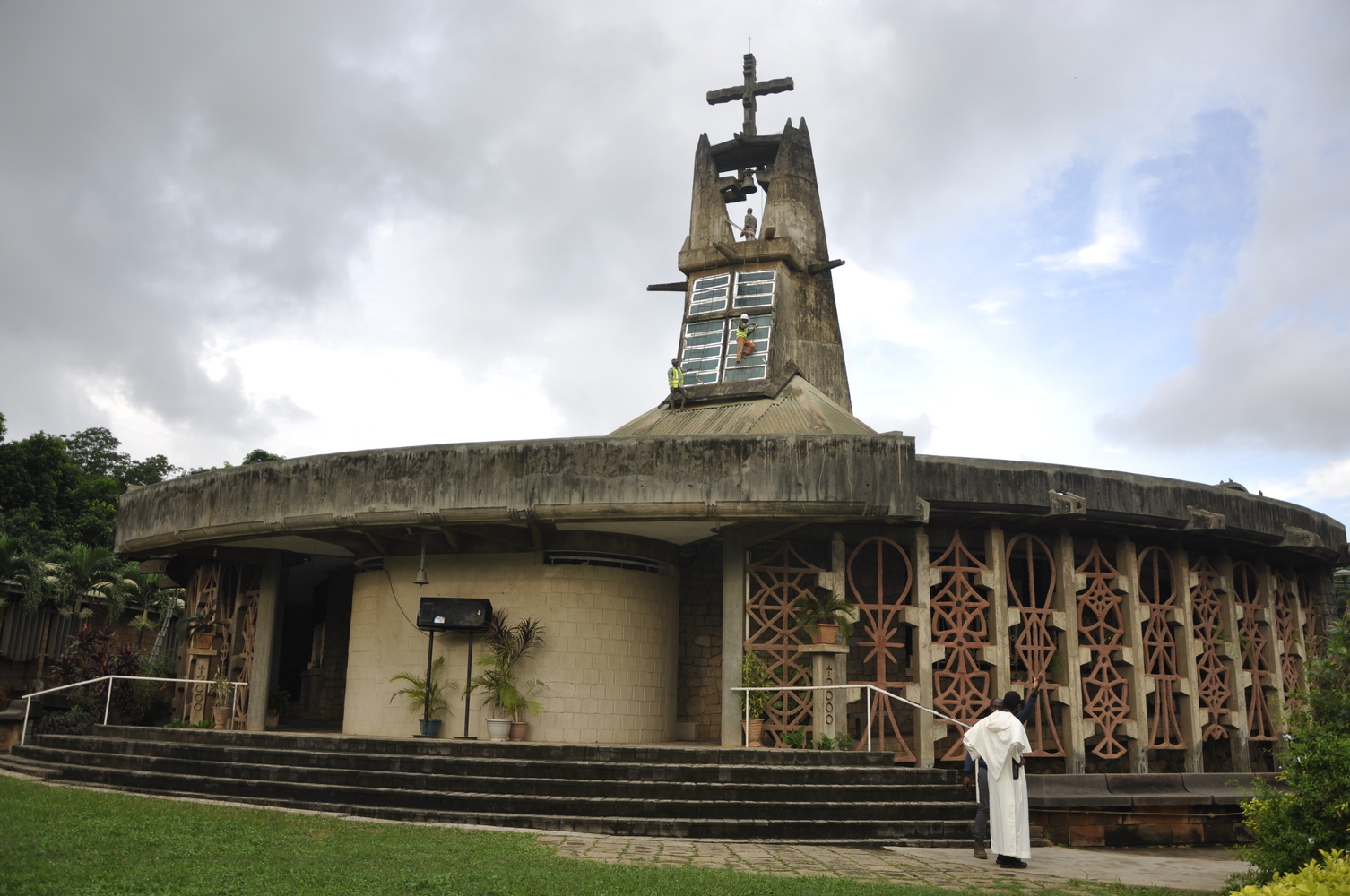Demas Nwoko, The Impoverished Generation... The Poor Man’s Clean Rags: The Philosophy of an African Democracy (New Culture Publications, 1992).
Ibid., 74.
Rupert Bickersteth, “’Nothing has been built yet in Africa’ says Venice Golden Lion-winner Demas Nwoko,” Dezeen, June 21, 2023. See ➝.
This essay was commissioned as part of a collaboration between e-flux Architecture and alumni from the fourth cohort of New Architecture Writers to publish reviews of the 2023 Venice Architecture Biennale and Lesley Lokko's 18th International Architecture Exhibition, "The Laboratory of the Future."
